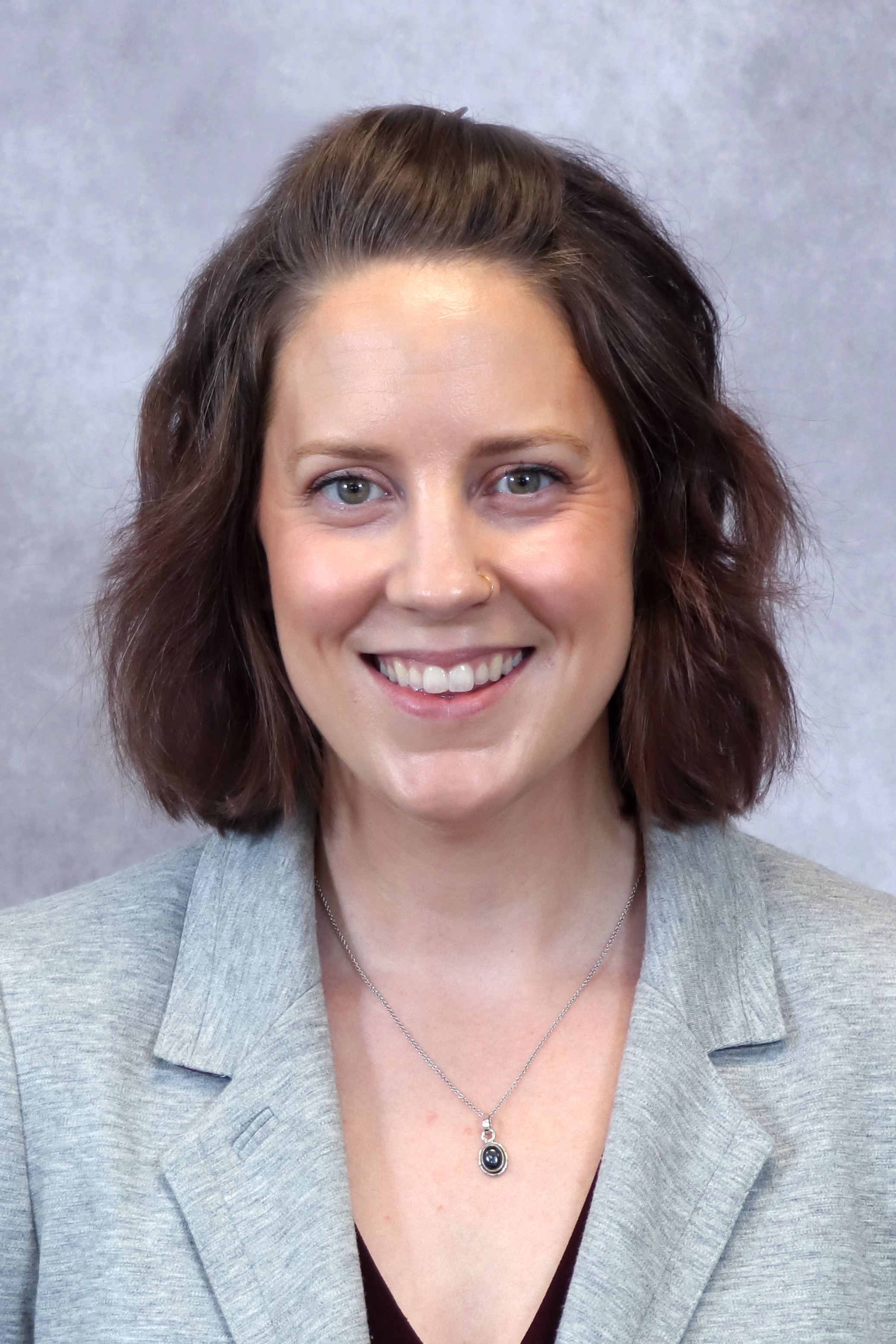End of semester mental health maintenance tips: What to notice in students
by Hannah Henry, Advocate for Professional Wellbeing, Undergraduate Education
 Many articles are put out by universities discussing ways to stay healthy as students near the end of semester. There are tips about self-care: prioritizing sleep, avoiding/limiting alcohol; ways to de-stress: exercise, go into nature, meditate; academic tips: take study breaks, find a study buddy, etc. But most importantly, they stress the importance of seeking help if you need it, and even provide options on where to receive it. So, if all of these options are available with a simple Google search, what is our role as faculty or staff?
Many articles are put out by universities discussing ways to stay healthy as students near the end of semester. There are tips about self-care: prioritizing sleep, avoiding/limiting alcohol; ways to de-stress: exercise, go into nature, meditate; academic tips: take study breaks, find a study buddy, etc. But most importantly, they stress the importance of seeking help if you need it, and even provide options on where to receive it. So, if all of these options are available with a simple Google search, what is our role as faculty or staff?
What these tips and tricks lists tend to overlook is how difficult any one item on that list can be for someone that may be experiencing a mental health concern (see the difference between mental health and mental illness). What these lists imply is that you can do all of this alone– until you need professional help. While it may be true that students could amend their sleep schedule, set more alarms, and step outside, lists like this cause them to simultaneously buy into the myth that they need to do it on their own, while devaluing the need for social connection during times of distress.
Social connection is one of the greatest tools we have as humans to combat depression, anxiety, disease and so much more. The Surgeon General’s Report on The Epidemic of Loneliness goes on to say that, “lack of social connection inhibits student progression even in higher education settings. For example, among medical students, feeling socially isolated is associated with dropping out.” With social isolation and disconnection at an all time high, faculty and staff can (and should) become part of a student’s network of care.
According to a study from Boston University’s School of Public Health, the Marie Christie Foundation, and the Healthy Minds Network, faculty are “gatekeepers” of student mental health, which means faculty are the front line to notice signs and symptoms of mental health struggles before they get worse. This is not meant to imply that faculty and staff should function as trained mental health professionals, but that we should aim to work alongside those professionals to coordinate care.
In order to be “gatekeepers,” we need to know what to look for. Below are some signs that a student may need to be checked in with:
More noticeable symptoms:
- A serious drop or change in grade or work performance
- Excessive absences or inconsistent attendance
- Sleeping during class frequently
- Change in personal dress and/or hygiene
- Unusual or exaggerated emotional responses; irritability or outbursts
- New or repeated behaviors that inhibit classroom management
- Repeated requests for extensions or accommodations not previously requested
- Less noticeable symptoms:
- Putting head down
- Inattentive - zoning out/dazing off
- Sitting further back or to the side than normal
- Picking at clothes, nails, skin
What to do when you notice these symptoms? Sometimes a simple private conversation is enough to show a student that someone sees and hears them. It is important to enter these conversations with curiosity or concern, and without the goal of problem solving. If the behaviors or feelings expressed feel outside of the norm to you (inability to communicate verbally, loss of contact with reality, stalking behaviors, self harm, suicidal ideation, etc.) then you should refer to CAPS - or better yet, if comfortable, walk them over to CAPS so that they have a supportive presence while securing professional help. There are also several resources outlined on CAPS Resources.
Creating and maintaining relationships with students should be our goal as educators, allowing students to feel safe wherever they are. In order to foster a supportive relationship, we should be mindful of the power differential between staff and students, and that there is a lack of safety when approaching a superior. We also need to keep in mind the numerous barriers surrounding asking for help that exist for marginalized student populations. The social connection that can come from classrooms, programs, or organizations will help provide a framework for student mental health and wellbeing for not only the end of the semester blues, but for their entire college career and beyond.